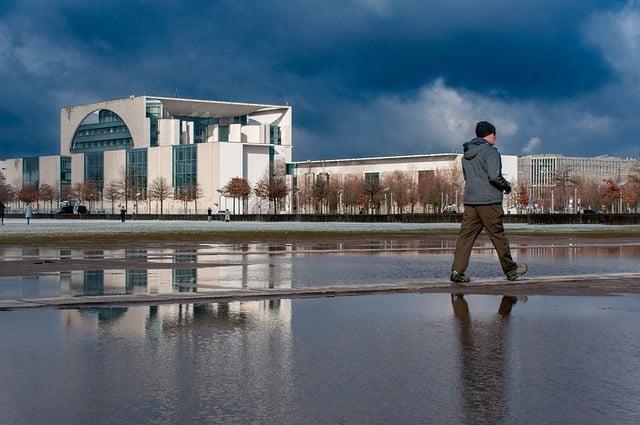The Politics of Economic Diversification in Pakistan
The economic landscape of Pakistan has undergone significant transformations over the years. As the nation grapples with challenges such as unemployment, inflation, and trade deficits, the importance of economic diversification has come to the forefront. This article explores the intricate dynamics of the politics surrounding economic diversification in Pakistan, highlighting its benefits, challenges, and practical considerations for policymakers.
Understanding Economic Diversification
Economic diversification refers to the process of broadening the range of economic activities and sectors in a country. For Pakistan, this means moving away from a heavy reliance on specific industries, such as textiles and agriculture, towards a more balanced and resilient economy.
Why Economic Diversification is Crucial for Pakistan
- Reducing Vulnerabilities: Diversification helps mitigate risks associated with over-reliance on limited sectors.
- Job Creation: A more varied economic base fosters employment opportunities across different skill sets.
- Sustaining Growth: A diversified economy can better withstand global economic fluctuations.
- Attracting Investments: An appealing mix of industries can attract both local and foreign investments.
The Political Landscape Affecting Economic Diversification
The interplay between politics and economic diversification in Pakistan is complex and multifaceted. The following factors play a significant role:
Government Policy and Frameworks
Effective policy frameworks are critical for facilitating economic diversification. Government initiatives, such as the China-Pakistan Economic Corridor (CPEC), play a role in developing infrastructure that supports various sectors.
Political Stability
Political stability is vital for fostering an environment conducive to economic growth. Periods of political turmoil can derail diversification efforts by creating uncertainty among investors.
Corruption and Governance Issues
Corruption remains a significant barrier to effective economic diversification. Transparent governance can ensure that resources are allocated appropriately across different sectors.
Challenges to Economic Diversification
Despite its importance, economic diversification in Pakistan faces several challenges:
Infrastructural Deficiencies
Inadequate infrastructure limits the potential of many industries. This includes transportation, energy supply, and technology access.
Skill Gaps
There is often a mismatch between the skills available in the workforce and those demanded by emerging industries, which hampers diversification efforts.
Access to Finance
Small and medium enterprises (SMEs), which are crucial for diversification, often struggle with limited access to finance and banking facilities.
Practical Tips for Promoting Economic Diversification
Here are some practical tips for policymakers and stakeholders to promote economic diversification in Pakistan:
- Invest in Education: Enhancing the education system to align with market demands can empower the workforce.
- Encourage Public-Private Partnerships: Collaboration between government and private entities can lead to innovative solutions for economic challenges.
- Focus on Technology and Innovation: Promoting a tech-savvy culture can help kickstart emerging industries.
- Improve Infrastructure: Investing in critical infrastructure is essential to support new sectors.
Case Studies
1. The IT Sector
Pakistan has witnessed considerable growth in its IT sector, due in part to government support in the form of tax incentives and infrastructure improvements. Companies like Systems Limited and NetSol Technologies have demonstrated the potential for diversification.
2. Renewable Energy
With the global shift toward renewable energy, Pakistan can capitalize on its natural resources like wind and solar energy, leading to sustainable economic growth.
Conclusion
The politics of economic diversification in Pakistan presents both challenges and opportunities. It is essential for policymakers to create an enabling environment that fosters a diversified economy, ultimately contributing to national stability and prosperity. By addressing the existing challenges and leveraging the nation’s strengths, Pakistan can pave the way for a more resilient and inclusive economic future.



